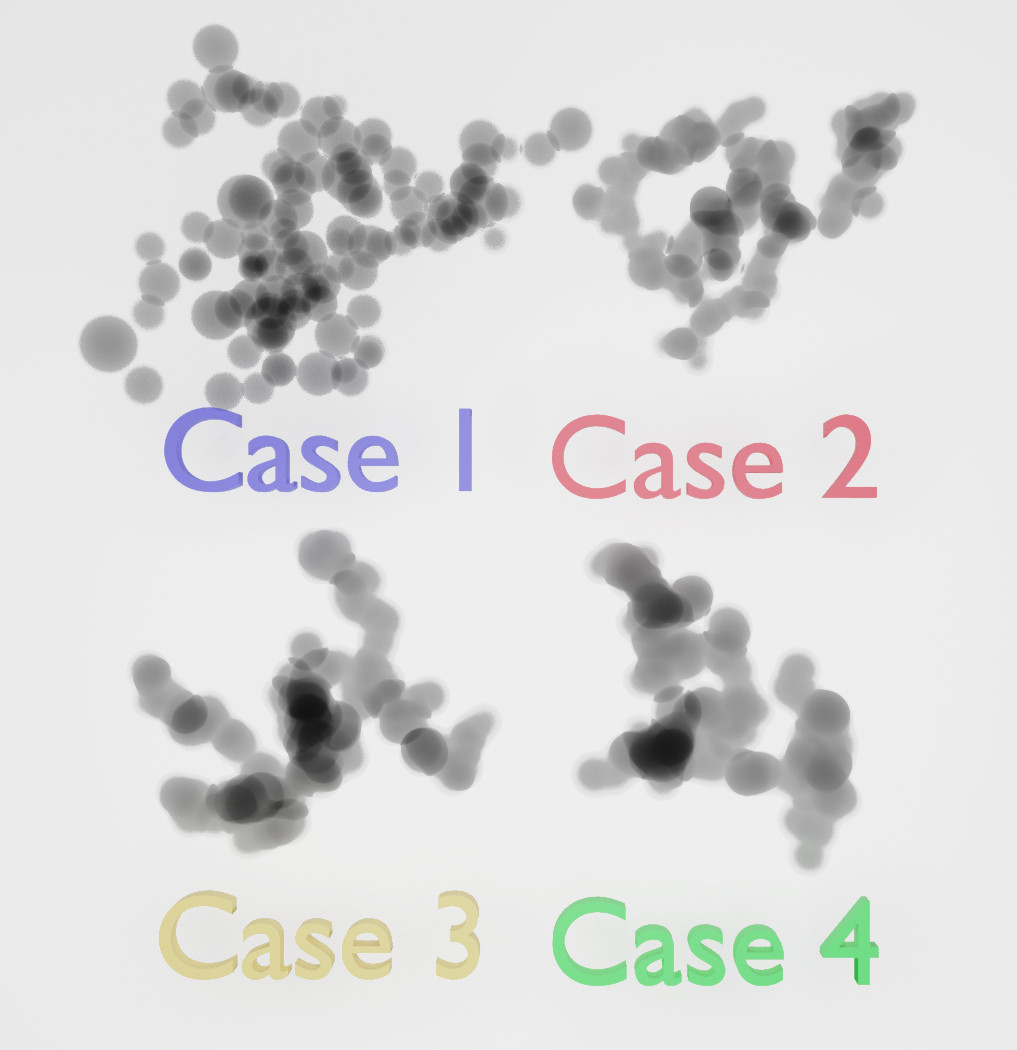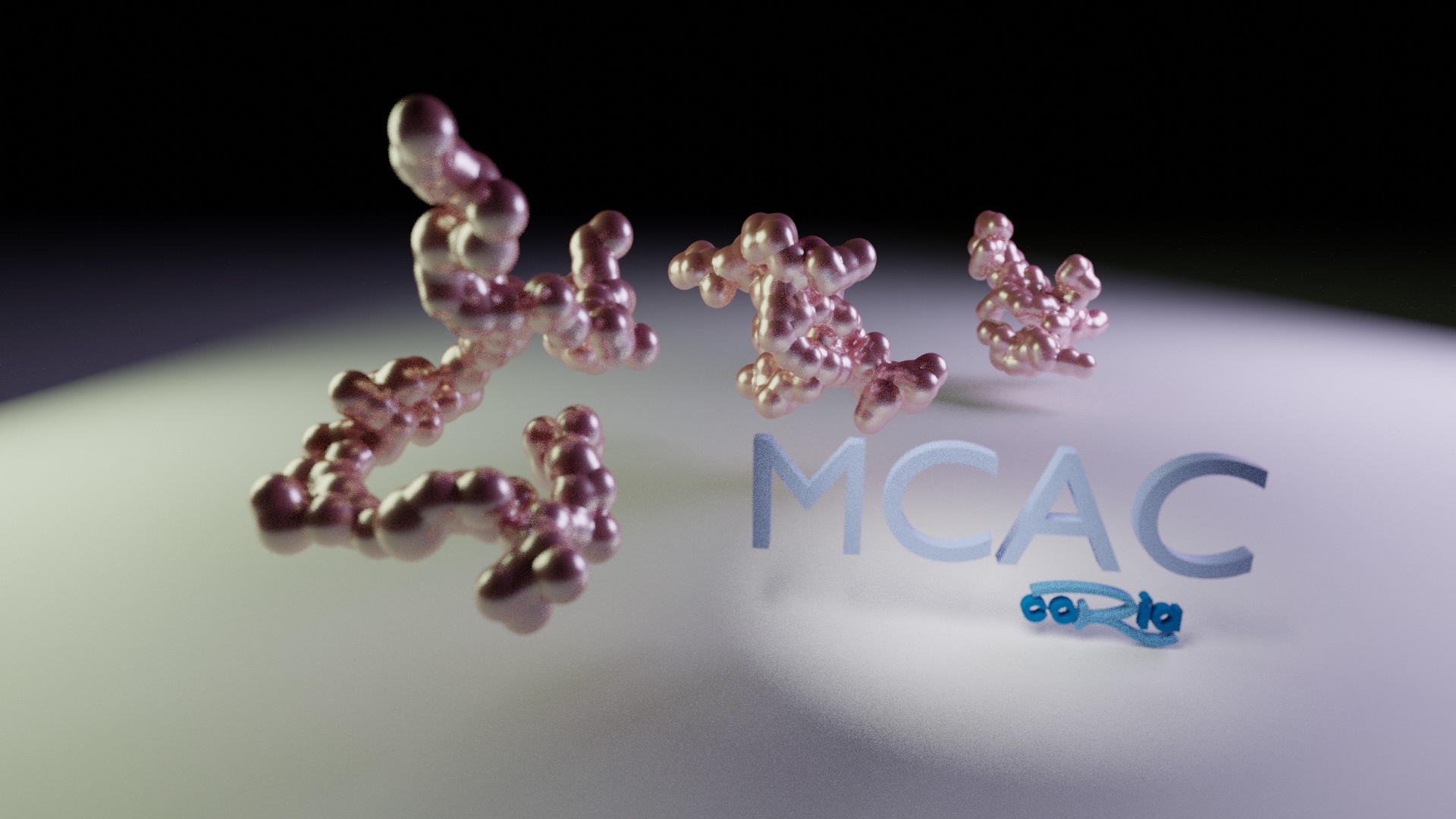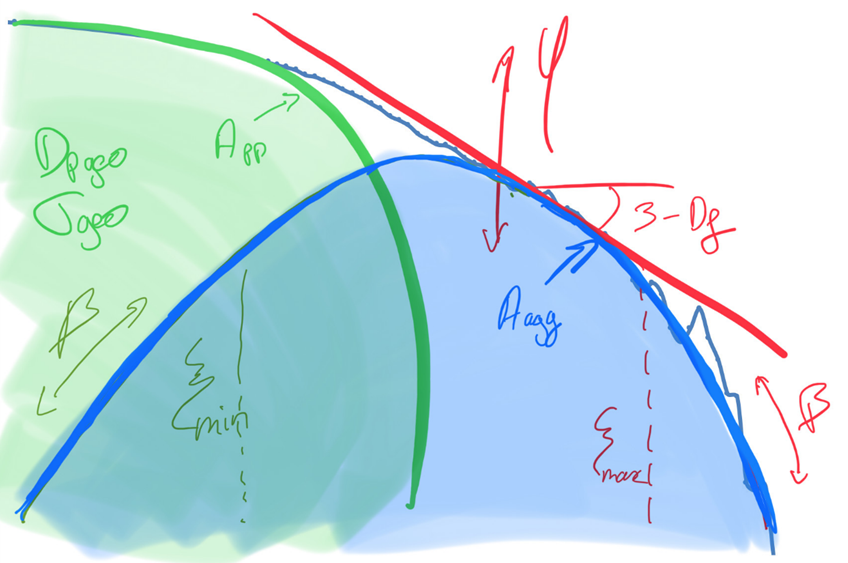
Context
The collision and subsequent aggregation of suspended nanoparticles (such as: soot, copper, silver, gold, etc.) by different transport mechanisms (diffusive, convective, thermophoretic, etc.), notably by Brownian motion lead to the formation of complex and ramified aggregates. In addition, soot or black carbon produced in flames also experience mass transfer with the gas-phase leading to an important change in particle morphology. This morphology may be described in terms of fractal geometry which captures the stochastic nature of the particle’s geometry. Numerical simulations involving these types of aggregates are thus a big challenge.
Additionally, many studies roughly consider particles to be spherical (specially in the domain of Atmospheric Aerosols or combustion in industrial systems), which greatly simplified the problem but induces large uncertainties in particle physicochemical performance. Indeed particle morphology plays an important role in their heat transfer, aerodynamics, interaction with light, etc. In this context, understanding soot aggregates morphology and its implications is of high priority.
Aggregates formation simulation
The Monte Carlo Aggregation Code (MCAC) is a Discrete Element Method tool developed to simulate the aggregation of soot particles in flames. These aggregates are initially modeled as nearly spherical primary particles having a diameter in the 8 – 30 nm range. When these particles grow in flames by coagulation and surface reactions, they experience a simultaneous change in flow and aggregation regimes. This is taken into account in MCAC simulations. This code also considers the mass transfer with the gas phase and also the soot aggregates breakage by oxidation. This is accurately done by coupling MCAC with a Computational Fluid Dynamics (CFD) code. In this context, a population of fractal-like aggregates consisting of overlapped spherical primary particles are simulated. These particles are in remarkable resemblance with those observed experimentally for example by Transmission Electron Microscopy (TEM) image analysis. Finally, this code also allows both primary/aggregate size distribution, and kinetics of aggregation to be studied.


Morphological caracterization
The so generated particles are said to be “fractal" meaning that their spatial mass repartition is a power law of the spatial dimension. This makes those particles presenting a large surface area for a reduced mass. It results important impacts on their radiative properties and human health. In order to make possible a better description of how those particles move, interact with light or with human body, it is important to enhance their morphological description. In particular, those particles appear to be not large enough to be accurately described by the fratcal approach that is an ideal concept not always adapted to particles whose size is relatively reduce (in the present case, the number of primary spheres in the aggregate is not large enough).
In this context, we developp analytical model able to describe the morphology of these particles. The pair correlation function is shown to be well suited for this purpose.
Ongoing PhD on this subject : José Moran
Projects : Gazpropres (Région Haute Normandie), ANR ASTORIA.





